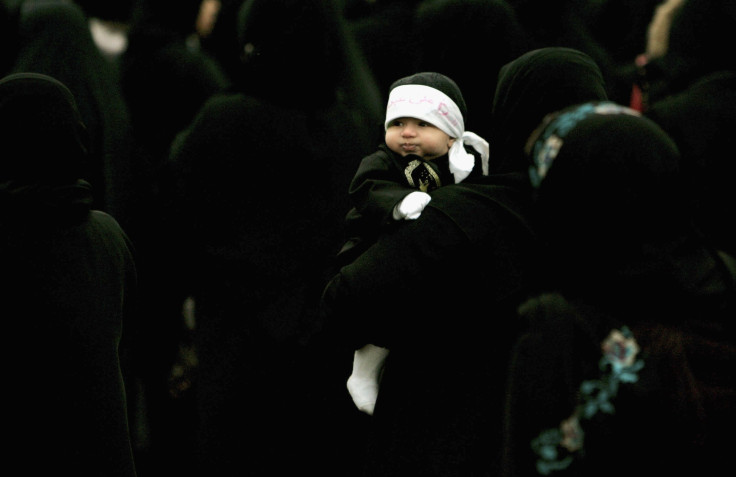Why Is Muslim Population Growing? 5 Reasons There Will Be More Muslims Than Christians By 2070

For the first time in history, Muslims will overtake Christians as the most popular religious group by around the year 2017, according to the Pew Research Center. But while some may fear a grand Muslim takeover, the reasons for this dramatic shift are numerous and complex.
1. Muslims are younger
Muslims have the youngest median age of all major religious groups. As of 2010, Muslims had a median age of 23, which compares to a median age of 30 for Christians, according to the Pew Research Center.
2. Muslims have higher fertility rates
The fact that Muslims are younger is, to a large extent, down to the fact that each Muslim woman has an average of 3.1 children, compared to 2.7 for Christians. In part, this could be of limited birth control policies in some Muslim-majority countries. However, in the majority of countries where Muslims and Christians live side-by-side Muslims also have a higher birthrate than Christians, suggesting that religious interpretation is also a factor. This phenomenon may be seen most clearly in India, which is expected to have the largest Muslim population in the world by 2050.
3. Declining Infant Mortality Rates
Infant mortality rates in general have been declining in recent years, but particularly in Muslim-majority countries. Even with some notable exceptions, improvement in healthcare in developing countries has led to increased life expectancy, allowing more children to survive into adulthood.
4. Religious Switching
In the coming decades, Christians are expected to experience the greatest net loss from people switching religions, while Muslims are expected to make gains from the process. It is anticipated that Christians will lose 66 million to religious switching by 2050, mainly from people choosing to join the ranks of the unaffiliated, according to Pew Research Data. In comparison, Islam is projected to gain three million followers.
5. Migration patterns
The population in Europe is declining, yet the Muslim population in the continent is expected to increase from 5.9 percent in 2010 to 10.2 percent in 2050. Migration is also expected to cause a rise in the Muslim population in North America. Only in the Middle East and North Africa is migration expected to have a net benefit on the percentage of the Christian population.
© Copyright IBTimes 2024. All rights reserved.











